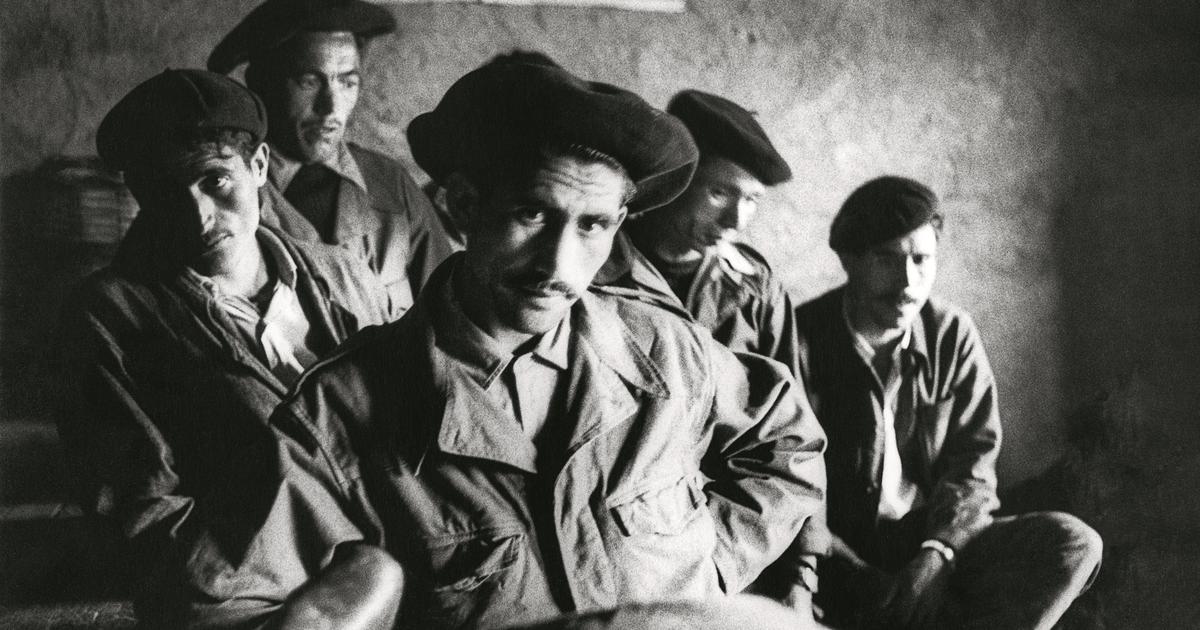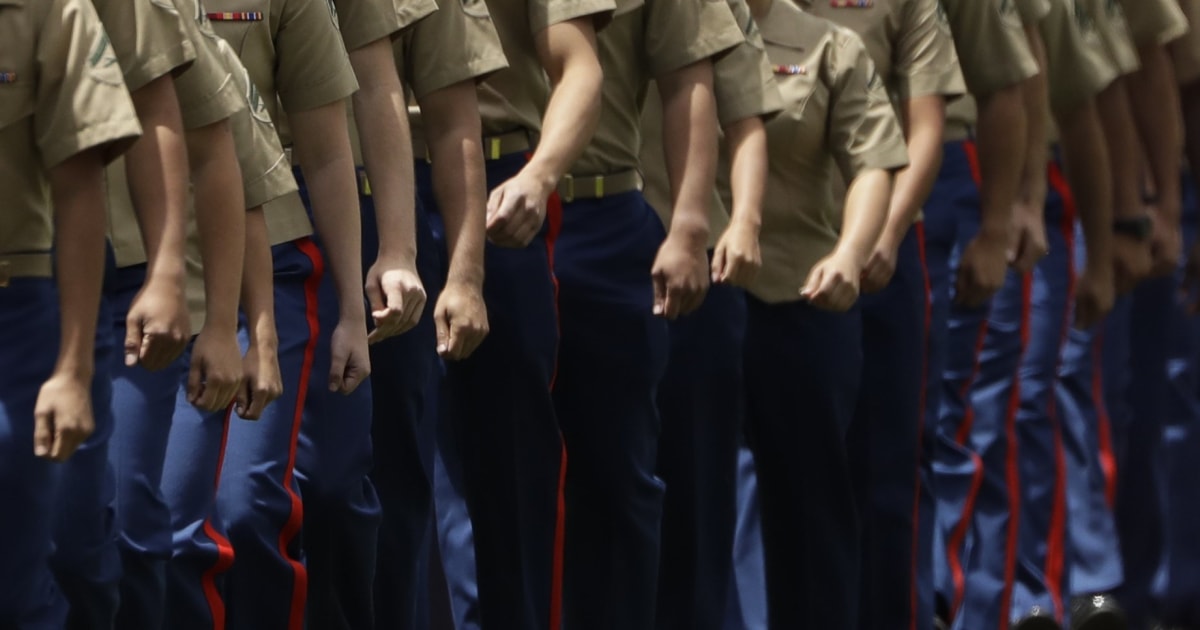By what mechanisms do the extremes rise before imposing themselves on power?
The Camp des Milles, a memorial site located near Aix-en-Provence, has made this question its raison d'être, with the aim of alerting the younger generations to a possible restart.
Until June 30, an exhibition conceived at the Washington Holocaust Memorial Museum, enriched by a French component, brings water to the demonstrative mill of this formidable place - one of the last built testimonies of the deportations in France.
"How extremism wants to deceive the people", describes through posters, photographs and archives, an "art of deceiving souls", through lies, manipulation, fear and of course, through propaganda .
Read also
Nazism: the Germans attached to repentance
Certain codes used by Hitler or Pétain - simplistic slogans, enthusiastic workers, united families, warriors ready to do battle, designated enemies - today seem obvious, almost crude.
"They fill the space with repetition, which ends up abolishing judgement, then freedom, finally democracy, denounced as the source of all evil"
, we explain at the memorial. The reminder of the role played by the films of Leni Riefenstahl, by the Parisian exhibition of 1941 "presenting" the Jews, or even the way in which the Red Cross was fooled by the real false concentration camp of Terezin is enough to understand : when words go crazy, so do men.
Behind the exhibition and the site, stands Alain Chouraqui, president of the Camp des Milles Foundation and director of research at the CNRS.
The latter dedicates himself body and soul to the memory of the 10,000 prisoners who stayed on the site between 1939 and 1942. There is something of the coalman's faith in him, carried by a filial memory.
"My father Sidney, who was a volunteer in Free France, passed on to me the idea that things were rooted in the ordinary man, that they could resurface,"
he says.
A historic place saved from destruction
After the war, very few knew the history of the site, which was almost razed and was saved by the will of Alain Chouraqui's father, that of Denise Toros-Marter, deported, and Louis Monguilan, resistant and deported.
These great elders fought to the end, with Alain Chouraqui at their side, against the inertia of the public authorities, the lack of general interest, including elected officials, for this dark period.
Yet there was plenty to tell.
Former tile works spread over 15,000 m2, the site was transformed into a prison in September 1939 - the authorities first locking up "enemy subjects" there, before the Vichy regime transformed it into a transit and internment camp, then deportation.
As crazy as it seems today, several artists and intellectuals were locked up there without batting an eyelid, including Max Ernst, Hans Bellmer and Lion Feuchtwanger, considered opponents in Germany.
They left frescoes and drawings there, highlights of the visit to the tilery.
It is not enough to show evil to guard against it.
Here we are talking about man in general, including his luminous side
Alain Chouraqui, President of the Camp des Milles Foundation and CNRS Research Director
In a basement once devoted to the firing of tiles, nicknamed "Die Katakombe" by the internees, remain drawn traces of what are thought to be theater sets.
Then the camp took an even more dramatic turn, with the arrival of families rounded up in the free zone, in August and September 1942. A vintage cattle car, on the very spot of their departure, symbolizes the deportation of 2,000 men, women and children in 1942, at the end of an alley of the Righteous dedicated to 18 people who acted to avoid their deportation.
“It is not enough to show the evil to guard against it.
Here, we are talking about man in general, including his luminous side,”
adds Alain Chouraqui.
Sowing seeds of doubt and certainty
The memorial traces allow young people and schoolchildren, the target audience of the place, to physically touch the reality of confinement, especially since it is cold there in winter and very hot in summer.
There are also educational galleries, aimed at sowing seeds of doubt, and if possible of certainty, in people's minds.
Simone Veil, who visited the camp alone and in silence in 2003, regularly wondered how “all this” had been possible.
Here, every square centimeter is devoted to giving answers to this question that remained open.
Read also
A French enigma: the fate of the Jews of France in question
On the ground floor, Serge Klarsfeld's archives on the 11,400 children deported to Auschwitz open the visit.
Other films, archives, photos and messages then serve as a thread for the journey.
This Thursday in December, a class of teenagers, half dissipated, half serious, watched a film on the massacre of the Gypsies, compared with the Armenian genocide and the massacre of the Tutsis in Rwanda.
What will they remember, those who are inundated with violent images?
"They are always interested in the group effect, one that dilutes individual responsibility, but precipitates events,"
says Odile Boyer, deputy director of the site.
We want to avoid talking about current affairs, to get everyone to think about the recurring mechanisms that bring the extremes to power, even mass crimes
Alain Chouraqui, President of the Camp des Milles Foundation and CNRS Research Director
Although a photo of the 2016 Nice attack is in the entrance hall, and a large sentence asserts that in Europe, "democracy is caught between Islamist and nationalist extremism", the museography slips a little on the excesses of Islam.
“We want to avoid talking about current affairs, to get everyone to think about the recurring mechanisms that bring extremes to power, even mass crimes
,” explains the founder.
The long visit to the camp ends with a wall of just acts, a tribute to people who knew how to say no, and an invitation to individual responsibility.
We come out shaken, especially as the clouds are gathering again, in Europe, where populism is close to Islamism, but also in the United States, which is facing a resurgence of anti-Semitism.
“We have to act and tell people that they can act”
, insists Alain Chouraqui.
“How extremism wants to deceive the people”, at Camp des Milles, in Aix-en-Provence (13), until June 30.









